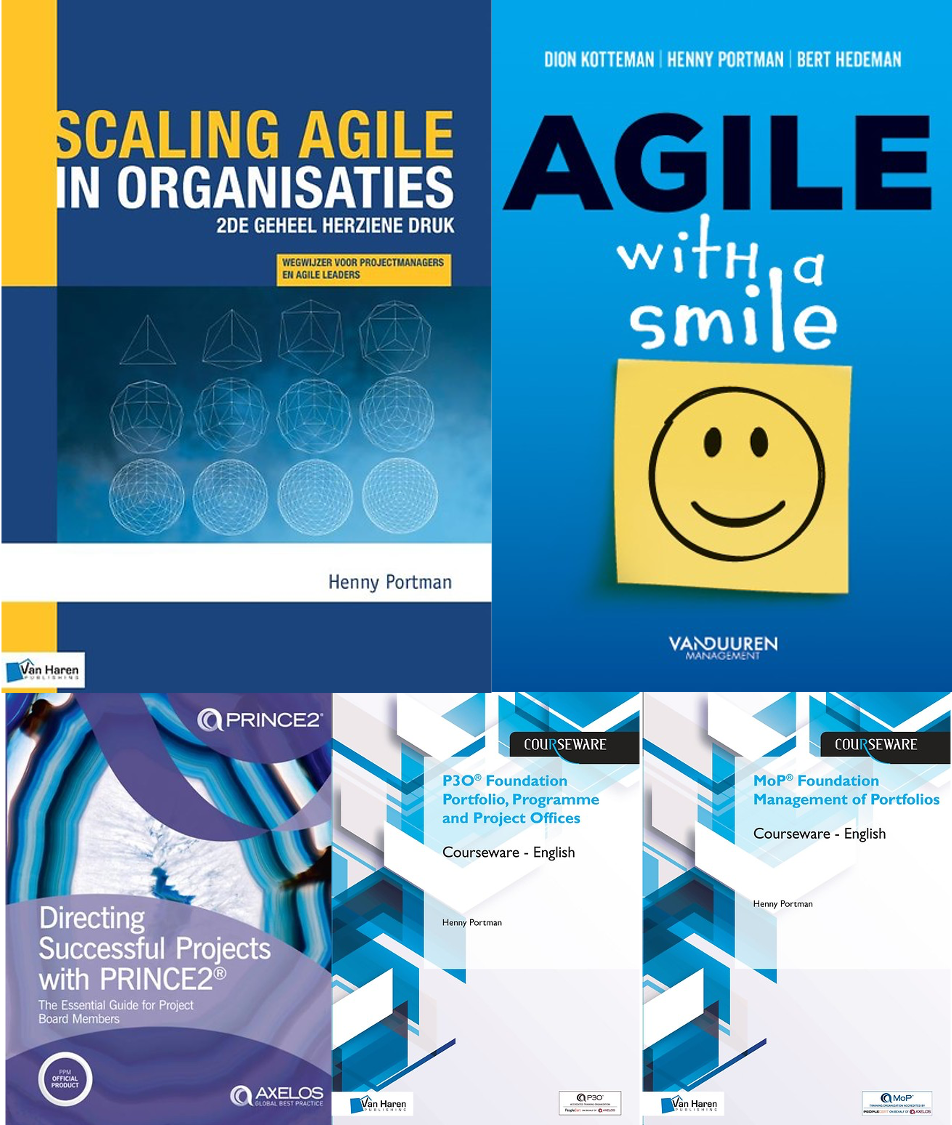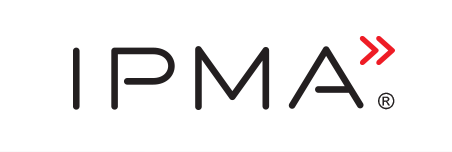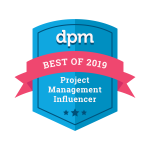
Being a Project Manager – A different Book on Project Management by Hamutal Weisz and Daniel Zitter focuses on the essentials and practice of project management.
I love the process of baking bread as a metaphor for project management and all those related colorful pictures throughout the book.
Project management is the ‘flour’, the base; its function is to create the path to the goal. Project control is the ‘yeast’; its function is to influence all the other ingredients and ensure that the project progresses according to plan as it moves towards its goals. Communication in the project is the ‘water’; its role is to unite the efforts of all those who are working on the project.
The back cover explains that this book is suitable for managing any project of any size, subject and control. And here, I have my doubts. Looking back at the metaphor, I think this only works for more traditional projects or waterfall projects. If I want to use a more agile approach, the metaphor and the book will be of no help. This book is very prescriptive and explains a very bureaucratic way of working.
But after narrowing the scope (only traditional waterfall projects) there is still a lot of value in the book. In line with the metaphor the book is divided into three sections project planning, project control and project communication. Every chapter ends with a conclusion and a summary of corresponding tasks for the project manager. Within every chapter one or more stories to explain the theory.
The first section – Planning the project – focusses on the preliminary planning and the detailed planning. It starts with the need, objectives and the stakeholder identification and involvement. Based on assumptions and constraints the project lifecycle is defined and a work breakdown structure and rough estimates are developed resulting in a preliminary work plan and risk identification (NB only threats no opportunities). Next, the project is broken down into tasks and dependencies between tasks are identified and task constraints are determined. Resources are identified and allocated to tasks. As a final step a risk management plan is developed, and the baseline plan is finalized.
To control the project you need ongoing, periodic and special controls. Ongoing controls are task controls based on the work plan, routine task, resource, deliverables and quality controls and permits, authorization and approval controls. Periodic controls on quality, schedule and critical path, budget, milestone, give & get, tasks, changes and risks. Goal and gate controls, evaluating priorities, issues, estimating project completion and lessons learned are special controls.
The last part – Communication in the project – focuses on formal and informal communication. In total twelve (!) different types of formal meetings are explained. Next the reasons behind and the participants of informal meetings are described as well as the development of informal communication channels and the execution of informal communication itself.
In the appendices a task checklist for the project manager, a glossary and an overview of excluded topics (NB to exclude financial topics, e.g. cashflow, life cycle costs, financial analysis and ROI and say that all financial matters that are essential to the project should be referred to the financial manager, is a little bit too easy. For me a project manager must be able to build and maintain a business case to substantiate continuous business justification).
Throughout the book you find many references to practical tools to be used in your own traditional project. On www.beingaprojectmanager.com (NB the link in the book isn’t working) you can download 23 Word, PowerPoint, Excel and MS-Project templates.
To order Being a Project Manager: Amazon
















Pingback: Overview of my year 2020 book reviews | Henny Portman's Blog